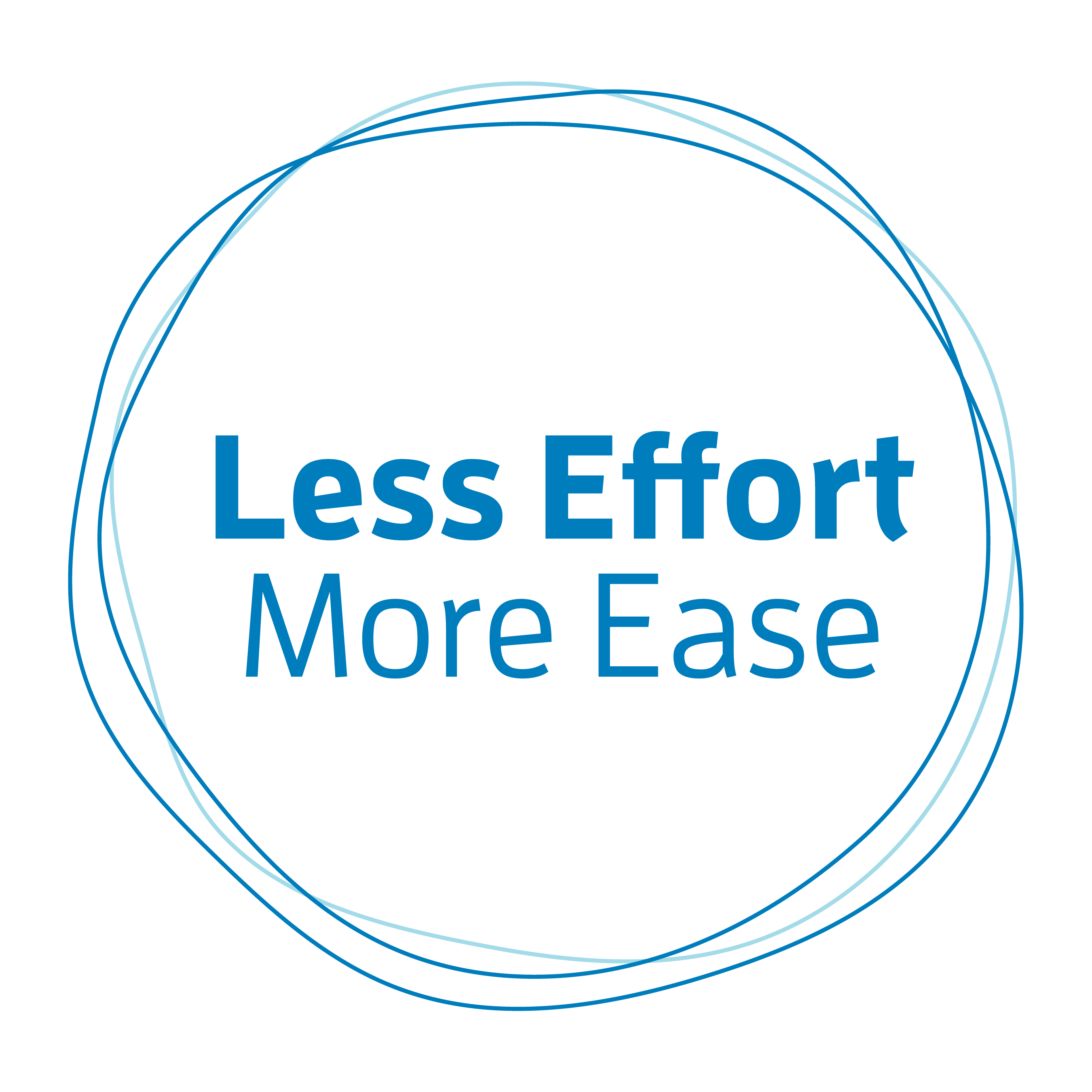Changing your posture is not an easy task. If you are reading this blog you’ve probably come to that conclusion.
From the get-go how you think about, define, and conceptualize posture is going to impact how you try to improve it (and from my experience) your success in doing so.
But there are some obstacles you face when you try to improve your posture that you may not even realize. Becoming aware of these hidden obstacles can be a great help.
1) Consider that posture is a habit. Habits are difficult to change.
Habits by their very nature operate below the level of conscious thought. That is why habits can be very useful. It is also why habits can be difficult to change—because it means that in order to change a habit you need to be aware of it, to think about it! And let’s face it, sometimes we’d rather not think! I certainly feel that way sometimes.
Secondly, habits tend to feel right and something different will feel, well, wrong. Try this—without thinking just cross your arms in front of you and notice how it feels. Now observe which arm is on top and reverse your arms so the other arm is now on top. How does that feel? Weird, wrong, and uncomfortable may all be words that come to mind.
Your habitual posture or way of doing something will feel normal, right, and comfortable even if it is causing strain on your body. Doing something in a new way will often feel foreign, wrong, and uncomfortable.
On a side note, it’s interesting that we often describe our habitual posture as comfortable. What we mean is that we are used to it (sort of like an old worn-out armchair) not that it is actually easy on the body.
2) Incorrect Body Maps
You also may have problems with your body map.
We all have in our minds maps of our bodies and how they work. These body maps include size, shape, and function. Many things have gone into the creation of your body map over the years.
What is important to realize is that you will typically move in accordance with how you think you are structured, even if your thinking is inaccurate. If your body map is faulty, movement and posture suffer.
You can correct your body map by assimilating accurate information provided by kinesthetic experiences, mirrors, models, books, pictures, and teachers. One thing that Alexander teachers do is help their students to correct their body maps.
Often just learning about the size, shape, and function of key areas of your body will start to create changes in your posture and movement.
3) Faulty Body Sense
The fact that you are not always doing what you feel you are doing may be one of the biggest obstacles. This deserves a post all of its own.
Image by Markus Spiske from Pixabay




